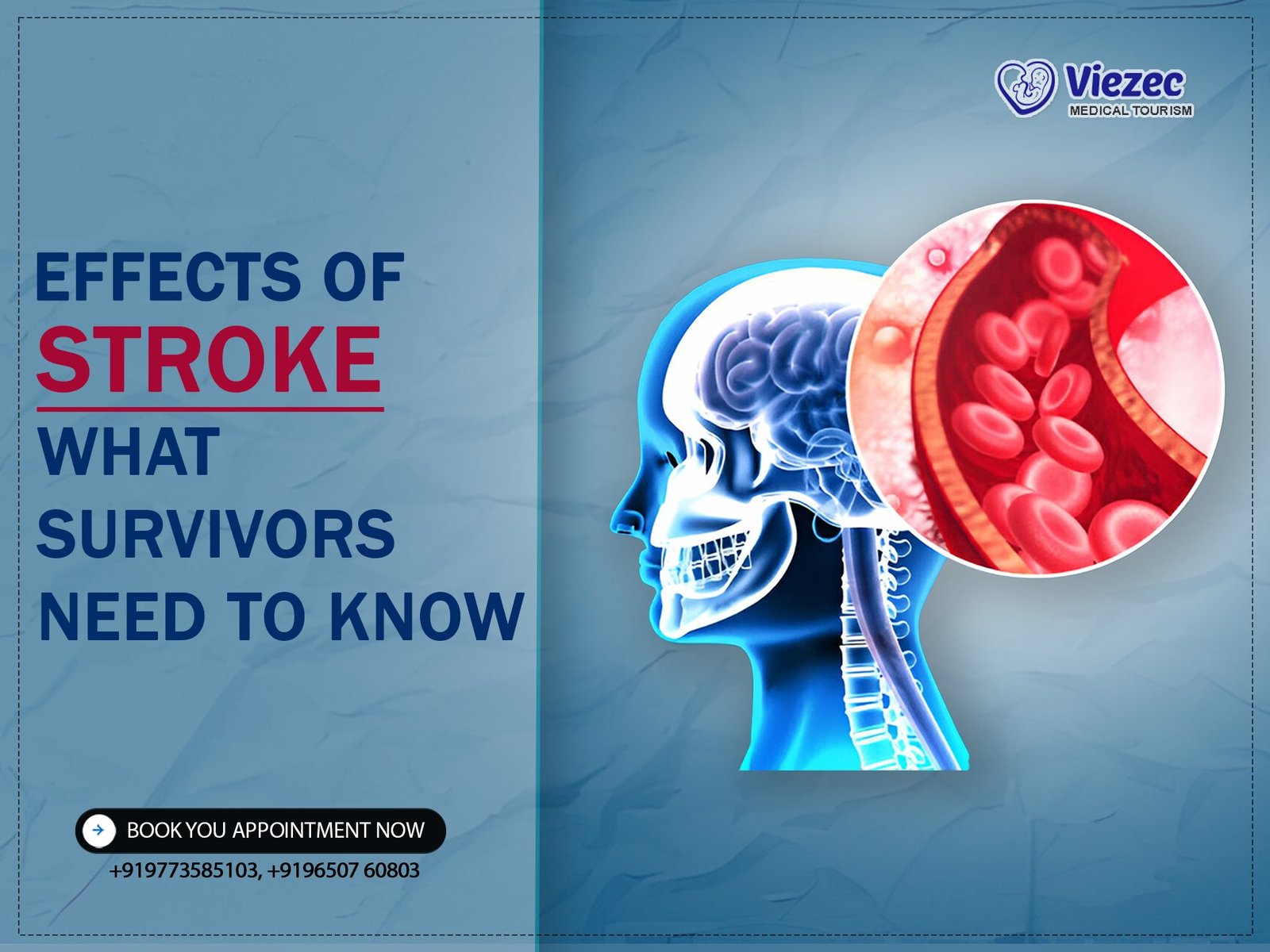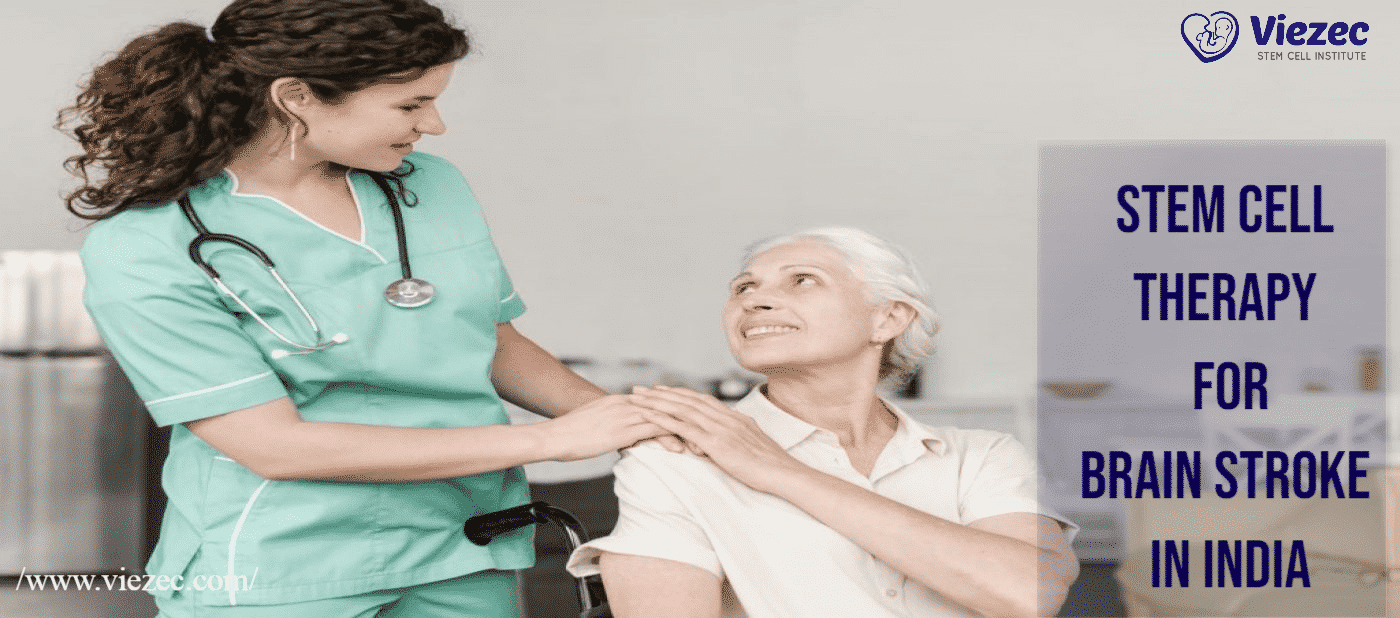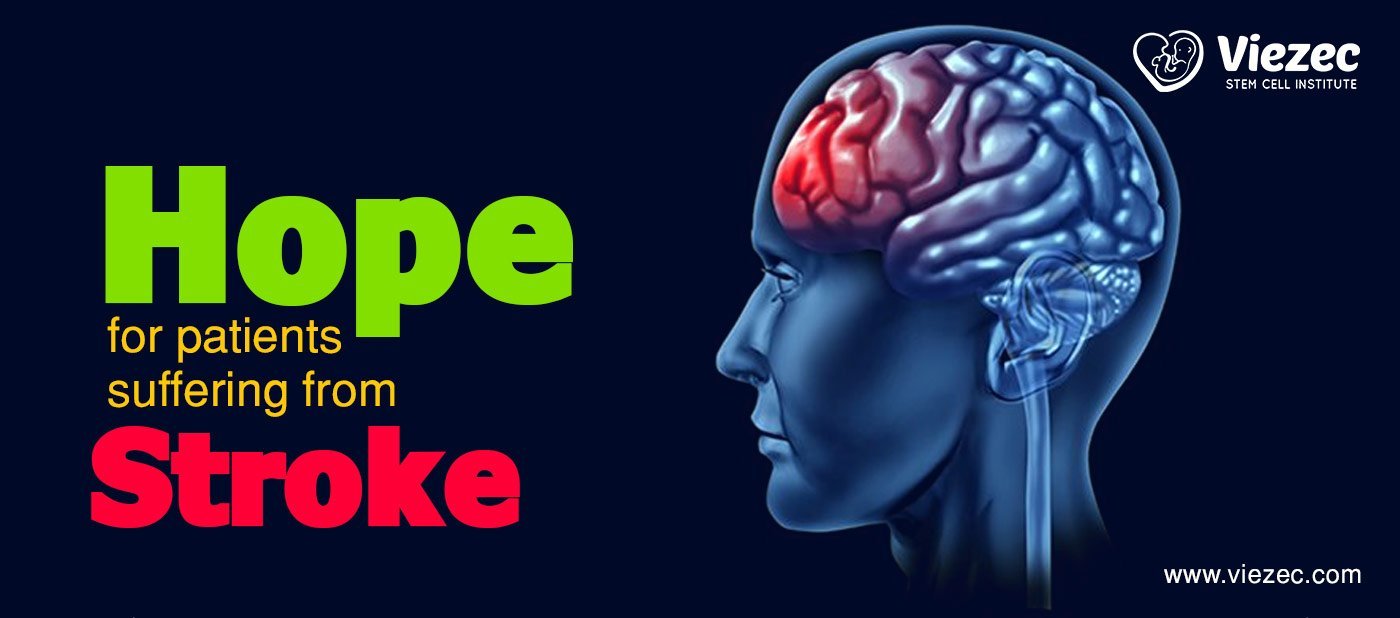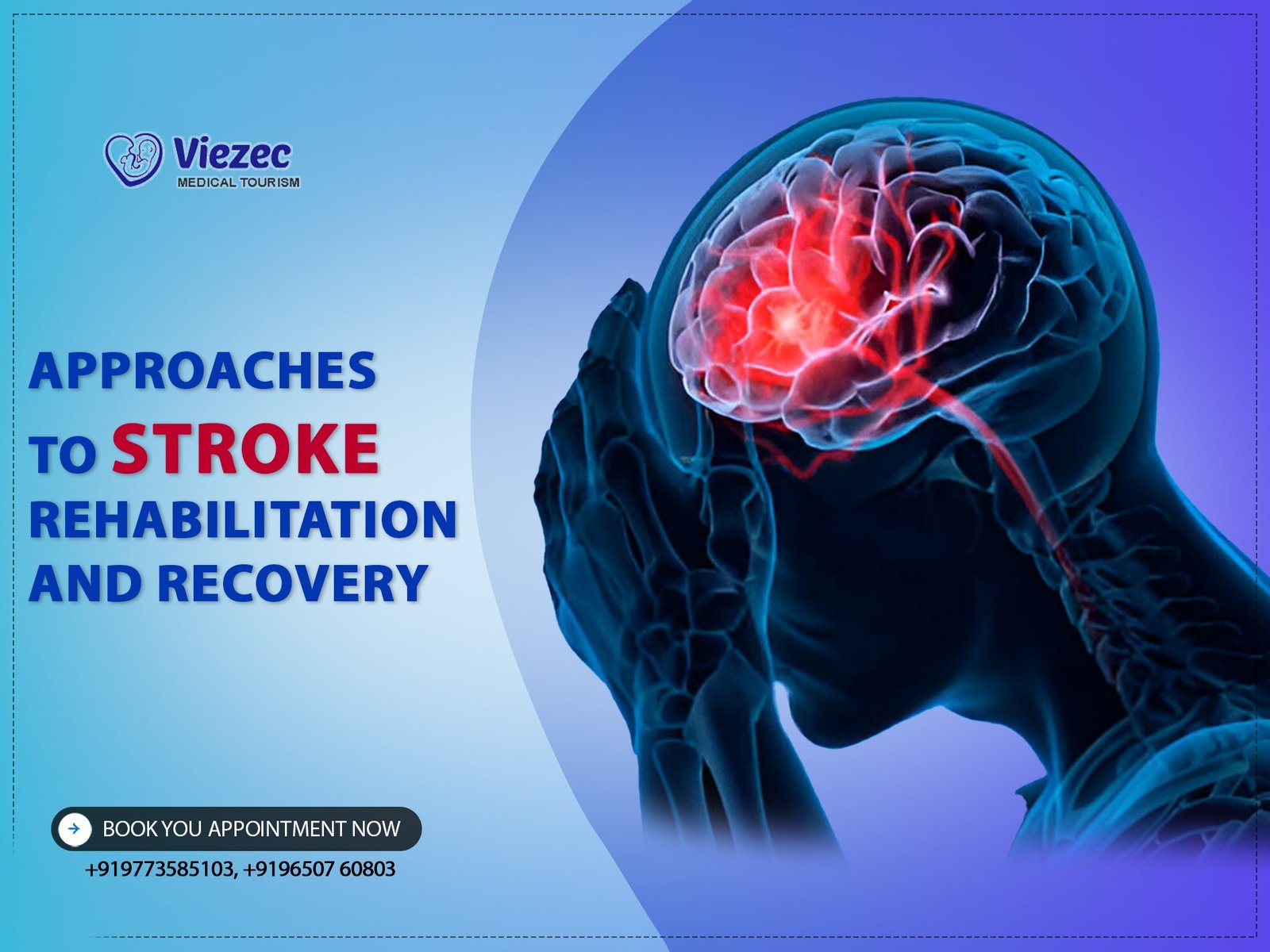Stroke, a sudden interruption in the blood supply to the brain, can have profound and lasting effects on survivors. Understanding the complexities of stroke, its immediate and long-term impacts, and the available resources for recovery is crucial for both survivors and their caregivers. This article aims to shed light on the various aspects of stroke and provide insights into navigating life post-stroke.
Understanding Stroke
A stroke occurs when blood flow to a part of the brain is disrupted, leading to brain cell damage and potentially permanent neurological deficits. There are two main types of stroke: ischemic and hemorrhagic. Ischemic strokes, which account for the majority of cases, occur when a blood clot blocks an artery supplying blood to the brain. Hemorrhagic strokes, on the other hand, result from a ruptured blood vessel in the brain, causing bleeding into the surrounding tissue.
Definition and Types of Stroke
Stroke is often referred to as a “brain attack” and requires immediate medical attention. Ischemic strokes, caused by blood clots, can be further classified into thrombotic strokes (caused by a clot forming in an artery supplying the brain) and embolic strokes (caused by a clot that travels from another part of the body, such as the heart, to the brain). Hemorrhagic strokes are typically caused by either a ruptured aneurysm or arteriovenous malformation (AVM), leading to bleeding in the brain.
Causes and Risk Factors
Several factors increase the risk of stroke, including hypertension, smoking, diabetes, high cholesterol, obesity, and a sedentary lifestyle. Age, gender, ethnicity, and family history also play significant roles in stroke risk. Understanding and managing these risk factors through lifestyle modifications and medical interventions are crucial for stroke prevention.
Importance of Timely Treatment
Time is of the essence when it comes to stroke treatment. The faster medical intervention is initiated, the better the chances of minimizing brain damage and improving outcomes. The acronym FAST (Face drooping, Arm weakness, Speech difficulty, Time to call emergency services) is a simple yet effective tool for recognizing stroke symptoms and seeking immediate medical help.
Immediate Effects of Stroke
The immediate aftermath of a stroke can be overwhelming, as survivors grapple with a myriad of physical, cognitive, and emotional challenges.
Physical Impacts
1. Paralysis and Weakness
One of the most common physical effects of stroke is paralysis or weakness on one side of the body, known as hemiparesis or hemiplegia. This can significantly impair mobility and independence, requiring intensive rehabilitation to regain strength and function.
2. Speech and Language Difficulties
A stroke can also affect speech and language abilities, resulting in conditions such as aphasia or dysarthria. Aphasia impairs the ability to understand or produce language, while dysarthria causes slurred or difficult-to-understand speech. Speech therapy is essential for improving communication skills and restoring confidence.
Cognitive Impacts
1. Memory Loss and Cognitive Decline
Many stroke survivors experience cognitive impairments, including memory loss, difficulty concentrating, and reduced problem-solving abilities. These challenges can impact daily functioning and require cognitive rehabilitation to enhance cognitive skills and adapt to cognitive changes.
2. Emotional Changes and Depression
Stroke survivors may also experience emotional changes, such as mood swings, irritability, anxiety, and depression. Coping with these emotional fluctuations can be challenging, necessitating psychological support and interventions to improve emotional well-being.
Lifestyle Adjustments in the Early Recovery Phase
1. Rehabilitation Options and Strategies
Early rehabilitation is crucial for optimizing recovery and promoting independence. Stroke rehabilitation programs typically include physical therapy, occupational therapy, and speech therapy tailored to individual needs and goals.
2. Support Systems for Coping
Building a strong support network of family, friends, healthcare professionals, and support groups can provide invaluable emotional support and practical assistance during the recovery process. Connecting with other stroke survivors can offer a sense of camaraderie and understanding.
Long-Term Effects and Complications
While some stroke effects may improve over time with rehabilitation and therapy, others may persist or even worsen, presenting long-term challenges for survivors.
Motor Function Recovery Challenges
1. Muscle Spasticity and Contractures
Muscle spasticity, characterized by stiffness and involuntary muscle contractions, is a common complication of stroke that can impede movement and lead to joint contractures. Management strategies may include stretching exercises, medications, and orthotic devices.
2. Balance and Coordination Issues
Stroke survivors often struggle with balance and coordination, increasing the risk of falls and injuries. Balance training, gait exercises, and assistive devices can help improve stability and mobility.
Cognitive Challenges in the Long Run
1. Dementia Risk and Cognitive Rehabilitation
Some stroke survivors may be at increased risk of developing vascular dementia due to the cumulative effects of multiple strokes or vascular damage. Cognitive rehabilitation programs focusing on memory enhancement, attention training, and problem-solving skills can help mitigate cognitive decline and optimize cognitive function.
2. Communication Strategies for Lingering Speech Issues
Persistent speech and language difficulties may require ongoing speech therapy and the implementation of alternative communication strategies, such as using augmentative and alternative communication (AAC) devices or communication boards.
Emotional and Psychological Struggles
1. Coping with Anxiety and Depression
Chronic pain, disability, and lifestyle changes following a stroke can contribute to feelings of anxiety, depression, and social isolation. Psychological interventions, such as cognitive-behavioral therapy (CBT) and mindfulness-based techniques, can aid in coping with emotional challenges and improving overall quality of life.
2. Building Resilience and Seeking Support Networks
Developing resilience and adaptive coping strategies is essential for navigating the emotional ups and downs of life after stroke. Engaging in meaningful activities, maintaining social connections, and seeking support from peers and professionals can foster resilience and emotional well-being.
Impact on Daily Living
Stroke survivors often face significant challenges in performing activities of daily living (ADL) independently, necessitating adaptations and support.
Activities of Daily Living (ADL) Challenges
1. Adaptations for Self-Care Tasks
Assistive devices, home modifications, and adaptive techniques can facilitate independence in activities such as bathing, dressing, grooming, and toileting.
2. Mobility Aids and Assistive Devices
Mobility aids, such as walkers, canes, and wheelchairs, play a crucial role in enhancing mobility and safety for stroke survivors with physical impairments.
Social and Vocational Reintegration
Navigating Social Interactions Post-Stroke
Social reintegration post-stroke may require adjustments and accommodations to facilitate participation in social activities and maintain meaningful relationships.
Returning to Work or Finding New Vocational Paths
Returning to work after a stroke may involve vocational rehabilitation, job accommodations, and career counseling to support successful reentry into the workforce or exploration of alternative vocational paths.
Innovations in Stroke Rehabilitation
Emerging Therapies and Technologies
Recent advancements in rehabilitation offer promising avenues for stroke recovery. Virtual reality (VR) and gamification techniques engage patients in immersive environments, making therapy sessions more enjoyable and motivating. Robotics and exoskeletons assist in repetitive movement training, promoting motor function recovery. These innovative approaches enhance traditional rehabilitation methods, providing personalized and interactive interventions for stroke survivors.
Stem Cell Therapy in Stroke Recovery
Stem cell therapy holds potential for regenerating damaged brain tissue and promoting neural repair following a stroke. By harnessing the regenerative properties of stem cells, researchers aim to improve functional outcomes and neuroplasticity. However, challenges such as immune rejection, tumor formation, and ethical considerations must be addressed before widespread clinical application. Ongoing research and clinical trials continue to explore the safety and efficacy of stem cell-based interventions in stroke rehabilitation.
Secondary Prevention and Lifestyle Management
Medication and Treatment Adherence
Secondary prevention strategies focus on reducing the risk of recurrent strokes through medication management and lifestyle modifications. Anticoagulants and antiplatelet drugs, such as aspirin and clopidogrel, prevent blood clot formation and reduce stroke recurrence rates. Strict adherence to prescribed medications and regular follow-up appointments with healthcare providers are essential for optimal treatment outcomes.
Healthy Lifestyle Choices
In addition to medication therapy, adopting a healthy lifestyle plays a crucial role in stroke prevention and management. Maintaining optimal blood pressure and cholesterol levels through dietary modifications, exercise, and stress management techniques reduces cardiovascular risk factors. Emphasizing a balanced diet rich in fruits, vegetables, whole grains, and lean proteins supports overall cardiovascular health and lowers the likelihood of stroke recurrence.
Caregiver Support and Resources
Roles and Responsibilities of Caregivers
Caregivers play a vital role in supporting stroke survivors throughout their recovery journey. From assisting with daily activities to providing emotional encouragement, caregivers serve as advocates and companions. Understanding the physical and emotional needs of the stroke survivor helps caregivers provide compassionate and effective care. Open communication, patience, and self-care are essential for maintaining caregiver well-being amidst the challenges of caregiving.
Respite Care Options and Community Resources
Caring for a stroke survivor can be physically and emotionally demanding, leading to caregiver burnout and stress. Respite care programs offer temporary relief for caregivers, allowing them to recharge and attend to their own needs. Community resources such as support groups, counseling services, and educational workshops provide valuable information and emotional support to caregivers. Financial assistance and legal aid services help alleviate the financial burden associated with caregiving responsibilities.
Frequently Asked Questions
How long does stroke recovery take?
Stroke recovery is a gradual process that varies depending on the severity of the stroke, individual factors, and rehabilitation interventions. While some improvements may occur within the first few months, recovery can continue for years following a stroke. Patience, persistence, and ongoing therapy are essential for maximizing functional gains and quality of life.
What lifestyle changes can help prevent stroke recurrence?
Adopting a healthy lifestyle can significantly reduce the risk of recurrent strokes. This includes maintaining a balanced diet low in saturated fats and sodium, engaging in regular physical activity, quitting smoking, managing stress, and adhering to prescribed medications for blood pressure and cholesterol control. Consultation with healthcare professionals for personalized recommendations is recommended.
How can caregivers access support and resources for stroke caregiving?
Caregivers can seek support through various channels, including local hospitals, rehabilitation centers, and community organizations specializing in stroke care. Online platforms, such as caregiver forums and informational websites, offer valuable resources and peer support networks. Additionally, healthcare providers can provide referrals to respite care programs, support groups, and counseling services tailored to caregivers’ needs.
For more information on stroke recovery, rehabilitation, and caregiver support, visit our website or consult with a healthcare professional specializing in stroke care. Taking proactive steps towards recovery and accessing available resources can empower stroke survivors and their caregivers on their journey towards healing and resilience.









